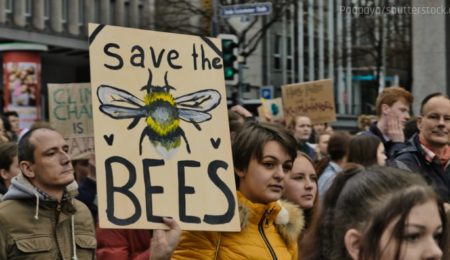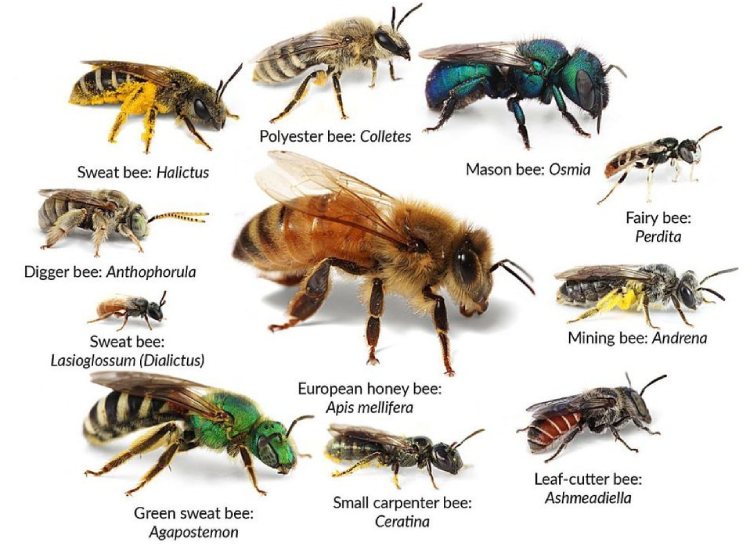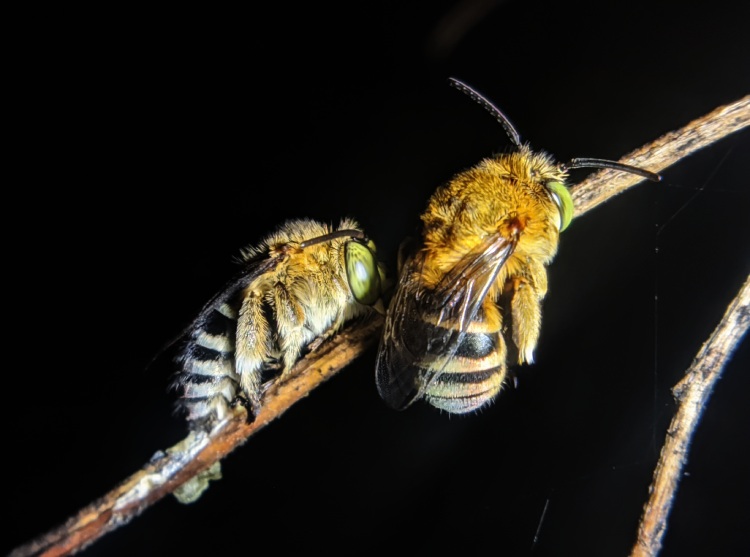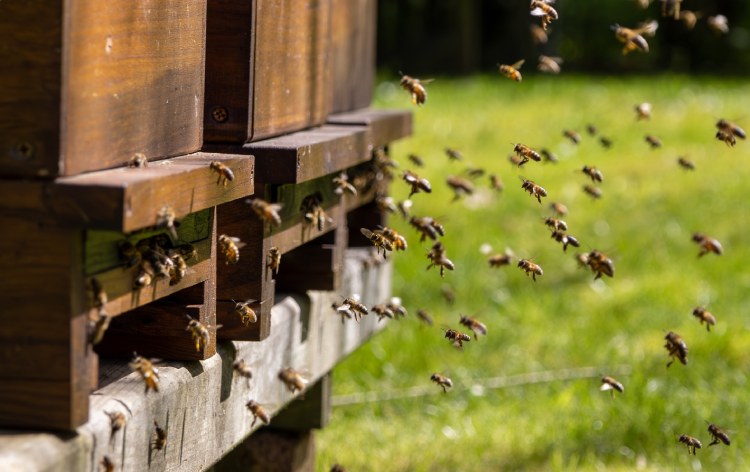Are Honey Bees Really Endangered? Uncover Essential Bee Facts

When we think about bees, we think about honey bees. The fuzzy creatures in yellow and black that build hives and give us delicious honey while pollinating the world’s most flowering plants. Therefore, when scientists, conservationists, and experts from around the world pressed the emergency button on the declining population of honey bees that could ultimately lead to human extinction, mankind panicked.
Indeed, with advanced technology, loss of natural habitat, deforestation, pesticides, and many other perils that come with development, honey bee numbers got thrown off balance. If honey bees are gone, how will our ecosystem survive?
However, has what we’ve done managed to save the bees? Or did we completely misunderstand the threat? Scientists believe that it’s not the honeybees but the way humans use them that make them the “bad boys” of the bee world.
Let us find out how and also unmask the truth about the impending “beepocalypse”.
Table of Contents
Honey bees are in the plenty now! The danger lies elsewhere!
The entire world, for the longest time, was extremely worried about bees and the peril of their impending extinction. Animals help pollinate 90% of the world’s flowering plants. But when we think of pollinators, only honey bees come to mind because humans have managed bees dating as far back as the ancient Egyptians and Greeks. Beekeeping, or managed hives, is not a modern phenomenon. Ever since the bee extinction made news, the number of managed hives in farms and personal backyards has increased worldwide. Honey bees, which were native to Asia, Europe, and Africa, are today found in all continents except Antarctica. Managed hives facilitate veterinary care and protection from external factors. Therefore, honey bees, right now, have no threat of extinction. In fact, according to Food and Agriculture Organization, managed hives have increased by 83% since 1961.
Then, where is the threat?
Honeybees are not the only bees in the world.

Most people forget that honeybees are not the only bees in the world. According to Isabelle Dajoz, a pollination ecology researcher at the University of Paris, there are around 20,000 different species of wild bees that are extremely important as wild pollinators. Specific species of wild bees are the key pollinators of specific plants. Think of them as “subject matter experts” on specific plants as opposed to honey bees, which are general pollinators.
For example, Osmia cornuta, or the European orchard bee, is an expert at apple pollination. Just a few hundred of these bees can pollinate a hectare of apple trees, compared to tens of thousands of honey bees needed to pollinate the same tree.
Similarly, thousands of animals and birds depend on so many wild varieties of plants, fruits, and flowers for food and shelter. Without wild bees, pollination of all these species is not possible, which may lead to the extinction of many other species as well.
Potatoes, eggplants, and tomatoes all need vibrating buzz to be able to release their pollen. Something a honey bee cannot do. Therefore, wild pollinators, especially bumblebees, are needed to pollinate these crops.
Squash, cucumbers, and plants belonging to the same family have flowers that open very early in the morning. For these, squash bees are the superheroes because they are early risers. Honeybees would still be enjoying their morning siesta, then! These are just a few examples, and here lies the danger.
While everyone went gaga over honeybees, the population of wild bees in reality is on a serious decline. Their diversity has crunched since the 1990s which could lead to imbalances in the ecosystem, posing a threat to food security as well.
Here are nine more buzzing facts about bees!
1 Bees cease flying completely during a solar eclipse.

Otherwise constantly buzzing, the bees become eerily silent during solar eclipses, according to research by the University of Missouri. Usually, as the sun sets, the bees fly slower to avoid collision and return to their colonies at night. However, the scientists observed that the busy bees completely stopped working or buzzing and fell completely silent every time it got completely dark, despite the time or context. According to a biologist at the university, he expected the bees to slowly stop buzzing, but surprisingly, during totality, all the bees just stopped. (1,2)
























